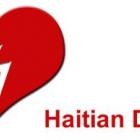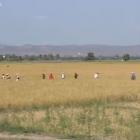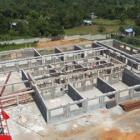ADVERTISEMENT
Environment
Rodent in Haiti named James Bond's hutia or Plagiodontia aedium bondi
here is a picture of a cat size Rodent found in Haiti. It was named afterJames Bond's hutia or Plagiodontia aedium bondi.
A newly-discovered rodent has been found on the island of Hispaniola by a team of scientists led by the Zoological Society of London and it has been named James Bond's 'hutia'. It's the size of a cat and looks like an oversized guinea pig, but has managed to avoid detection until now. It weighs more than a kilogram, and has soft-brown fur and a short tail. The scientific classification of this species is "Plagiodontia aedium bondi"; it is a part of a unique Caribbean mammal family that once numbered more than 30 species. As per the description of journal Zootaxa, this guinea-pig-like creature belongs to an ancient group of rodents called hutias. James Bond was a Caribbean based ornithologist who is said to have been the inspiration of Ian Fleming's famous fictional spy character. He carried out years of research into the area. He identified an area (now called Bond's Line) that marks the home of hutia and its closest relatives. Sadly, these rodents are considered endangered and their continued survival on the island hangs in the balance as most of their habitat has been destroyed by Man.
President Martelly at the Caribbean Climate Summit 2015
On Saturday, President Michel Martelly participated in Martinique, to the Caribbean Climate Summit 2015 and in his speech, he stated that this is an opportunity for his Government to clarify his position on the issue. The head of state stated that no one is immune to the disastrous consequences of climate change today. He sent a blanked blame to everyone as being both victims and perpetrators of the major climate shift noticed in Increasing temperatures, changing rainfall patterns, floods, prolonged droughts, and others
President Martelly urges the leaders to work together as only well-coordinated initiatives may give convincing results.
On Saturday, May 9, 2015, President Martelly accompanying the Ministers from the departments of Environment, Economy and Finance, Trade and Industry, participated in the Caribbean Climate Summit 2015, a one-day summit in Martinique's capital, Fort de France. Caribbean leaders from 13 countries had participated the summit, which was chaired by the French President Francois Hollande. It was a preparatory regional summit as the meeting gave participating leaders an opportunity to discuss a joint policy before the 21st session of the United Nations Climate Change Conference (COP21) scheduled to be held in Paris from 30 November to 15 December of this year. Dominican Prime Minister Roosevelt Skerrit, as the Chairman of the 9-member Organization of Eastern Caribbean States, has said that the summit has given the islands an opportunity to prepare so that its concerns receive due prominence in the Paris talks.
Dam and irrigation system of Rivière Grise
Here is a picture during the inauguration of the dam and of irrigation system of Rivière Grise by President Michel Martelly and the Ambassador of the United States accredited to Haiti, Pamela White
The new dam being built at Rivière Grise is expected to improve the wealth of some 15,000 farmers. The site was visited recently by President Michel Martelly, who announced that the plan was exactly what was needed in the current Haitian climate. On the visit, the president had with him a delegation including Prime Minister Evans Paul. They took the time to tour the site, which began construction in May 2014 from grant funding from the government of the United States valued at $9 million.
Artibonite river in Haiti, 320 km long river
Here is a picture of the Artibonite river in Haiti, the largest water basin in Haiti.
Haiti's supply of hydroelectricity is produced, practically exclusively, by the Artibonite River. The powerful, liquid behemoth is also used for irrigation, and, at 320 kms, it is the longest river on the entire island of Hispaniola. It is estimated that over 70,000 families, living in the rural areas of Haiti, depend on the river, which irrigates some 30,000 hectares of land. This land is used to produce 80% of the country's rice. In December 2014, the government signed agreements with contractors aimed at protecting the river's shoreline, rehabilitating the hydraulic system, and protecting the banks.
Haiti Plastic Recycling - Ramase Lajan
Here is a picture of the Haitian plastics recycling project, Ramase Lajan programme
The Haitian phrase "Ramase Lajan" literally means 'picking up money'. No other name could be more apt to describe this new opportunity creating program. Collections of tons of used plastic items, jugs, bottles overflowing the dumpsters or clogging the canals, and over 1,500 tons of plastic goods imported to Haiti, every month, have been translated into unique job opportunities by the 'Ramase Lajan' program. Plastics are seen as money rather than garbage. The program has created many local collection centers with fully equipped self-contained recycling storefront that sort the plastic grade and type-wise and send the sorted materials to the Haiti Recycling company in the capital city. In the past four years the program has created 26 centers and over 1,600 jobs, and around 80 million bottles have been collected to date.
Travel to Haiti Advised during Winter and Spring Months
Haiti weather remains more or less constant throughout the year, with 80 degrees as its average temperature. Its two rainy seasons, spring and fall, are usually very humid, while winter through mid-spring are dry times.
The temperature typically ranges between 70 to 90 degrees, and in some places when the rains arrive, rainfall can be 50-plus inches annually.
Tourist areas receive lighter rainfalls, and Haiti's Tourist Board recommends travel to the island between December and April.
Environment Project South sea, Mer Sud
With the purpose being to provide the continuing protection of the natural eco-systems that exist in the coastal and marine area of Saint-Louis du Sud, the Ministry of Environment, along with its Minister, Jean Francois Thomas has made steps to strengthen the August 7, 2013 order that announced eight such areas in the Southern Department as protected. The South Sea (Mer Sud) project, as it is called is also geared towards giving aid to fishers in the Saint-Louis du Sud town.
Rivière Grise Irrigation System Being Restored
President Martelly made a visit to Rivière Grise irrigation system to learn about the scale of activities restoring irrigation systems in the Cul-de-Sac region.
He learned water inflow from the water sheds must be diverted efficiently to provide water for the irrigation systems in Rivière Grise and surrounding areas.
This rehabilitation has allowed farmers to plant 2,000 hectares of beans in the Cul-de-Sac region. The Haitian government is hopeful this restoration project will better living conditions for people residing in the area.
Rivière Grise Project Important to Cul-de-Sac Region
The Rivière Grise has sustained long-term damage to its levees over the past 50 years. As part of a nation-wide effort to reforest the island and fortify deteriorating river banks, the Treasury has budgeted 300 million gourdes toward the river's restoration.
The government of Haiti understands this work must be done to avoid soil erosion and ruined crops. It also wants to improve the lives of Rivière Grise community, who depend on adequate crop yields for their families and for export.
Rivière Grise in its Second Phase
Haitian Prime Minister Lamothe recently reviewed the Rivière Grise project in Cul-de-Sac. The Treasury Department subsidized the project for 300 million gourdes, along with the support of the Agriculture Commission. The construction project is rebuilding the levees and reforesting the area around Rivière Grise.
The Haitian government wishes to improve the infrastructure of the Rivière Grise to avoid damaging crops, and forcing people to leave their homes when the floods come during the rainy season.

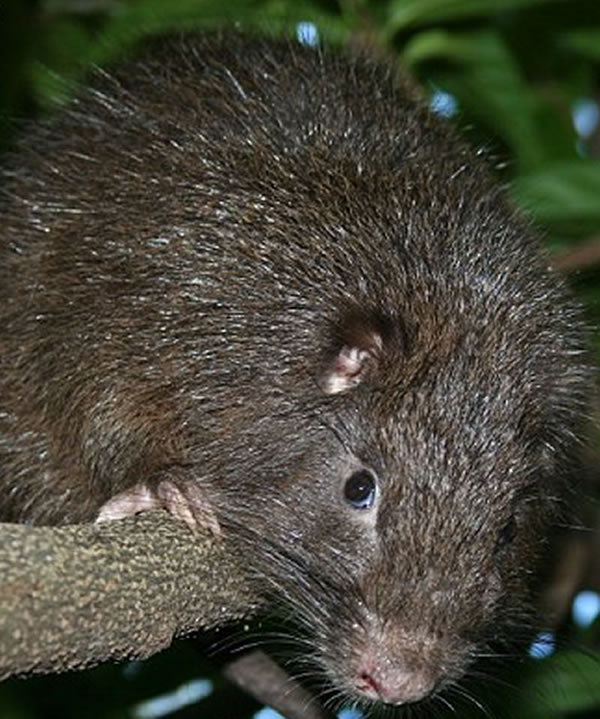
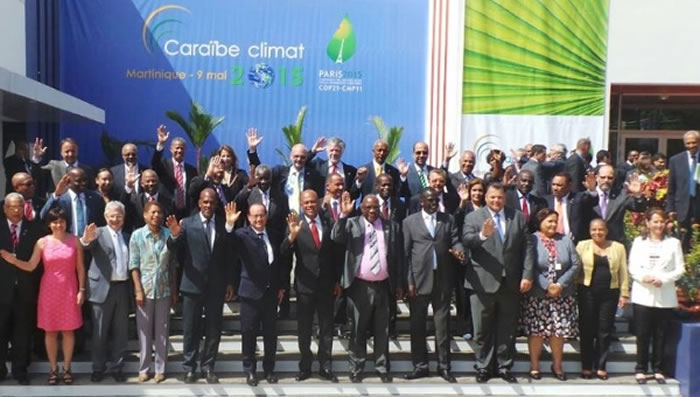
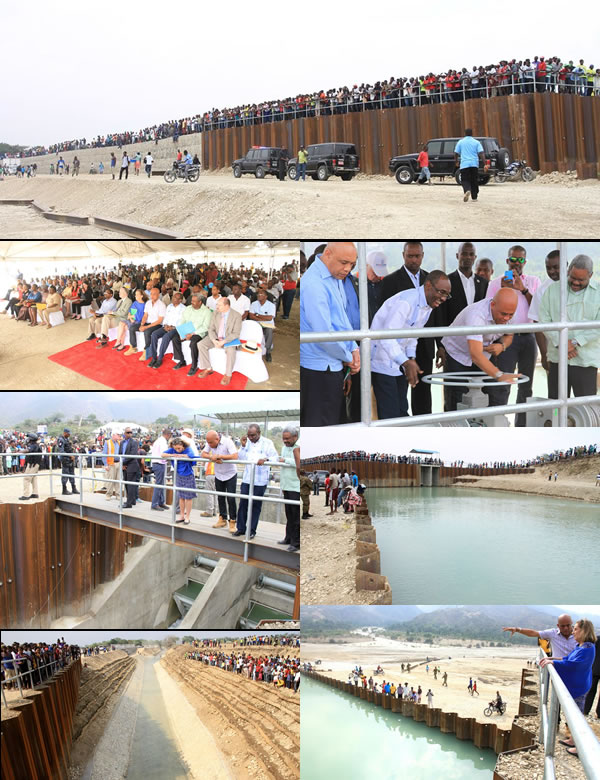
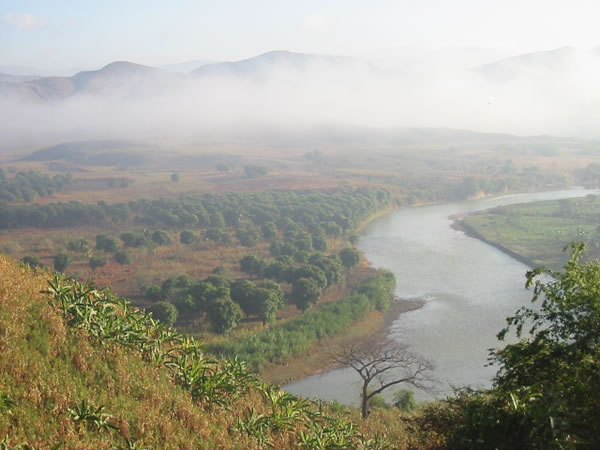
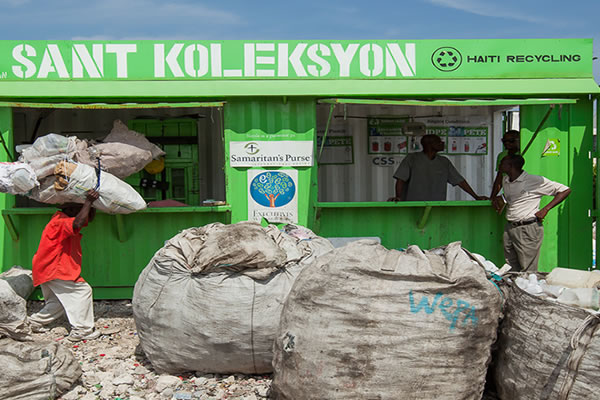
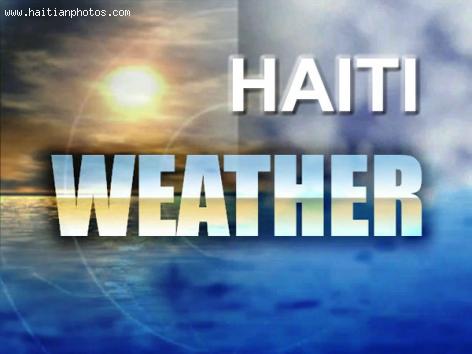
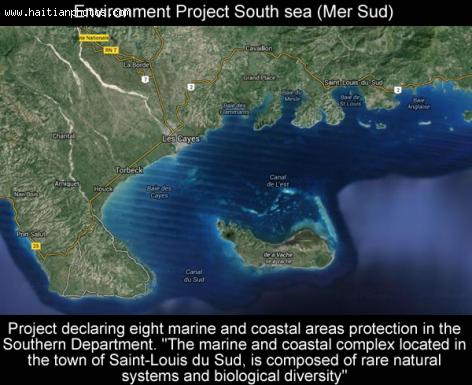
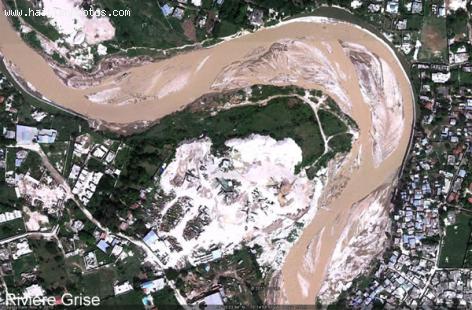
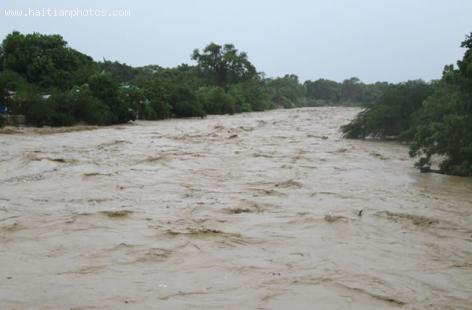
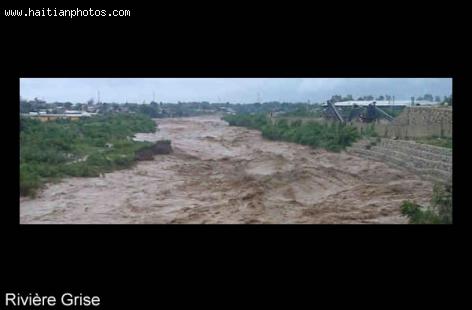
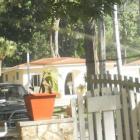 Hotel Beck in Cap-Haitien, Haiti
Hotel Beck in Cap-Haitien, Haiti  Church Avenue Bakery Haitian Patties
Church Avenue Bakery Haitian Patties  Jounalis Phares Duverne mouri
Jounalis Phares Duverne mouri  Former PNH Chief, Godson Orelus, arrested for illegal arm...
Former PNH Chief, Godson Orelus, arrested for illegal arm... 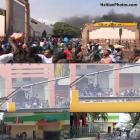 Delimart Plaza, Delmas 32, Port-au-Prince, Haiti being looted
Delimart Plaza, Delmas 32, Port-au-Prince, Haiti being looted 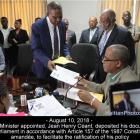 Jean Henry Céant deposited documents in Parliament for...
Jean Henry Céant deposited documents in Parliament for...  Jovenel Moïse nominated Jean Henry Céant as prime minister of...
Jovenel Moïse nominated Jean Henry Céant as prime minister of...  Dr. Michaëlle Amédée Gédéon is dead
Dr. Michaëlle Amédée Gédéon is dead 
